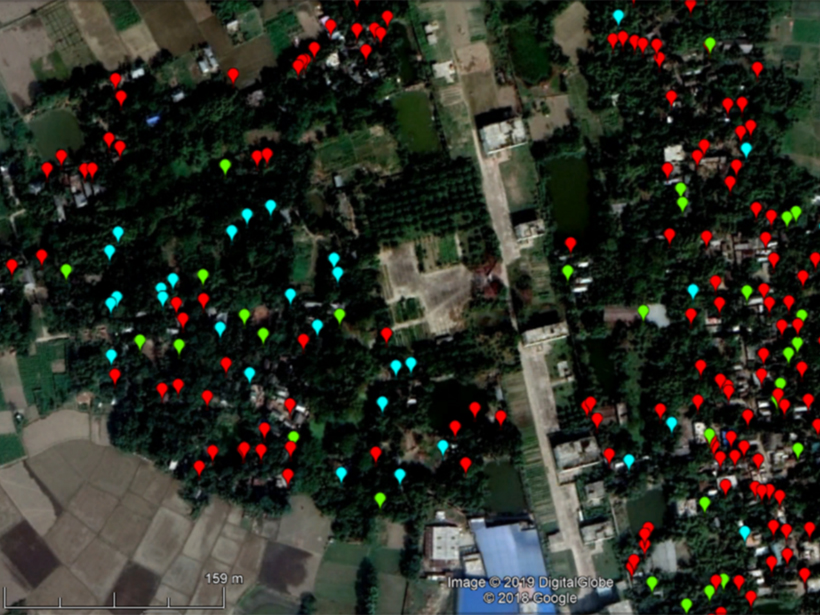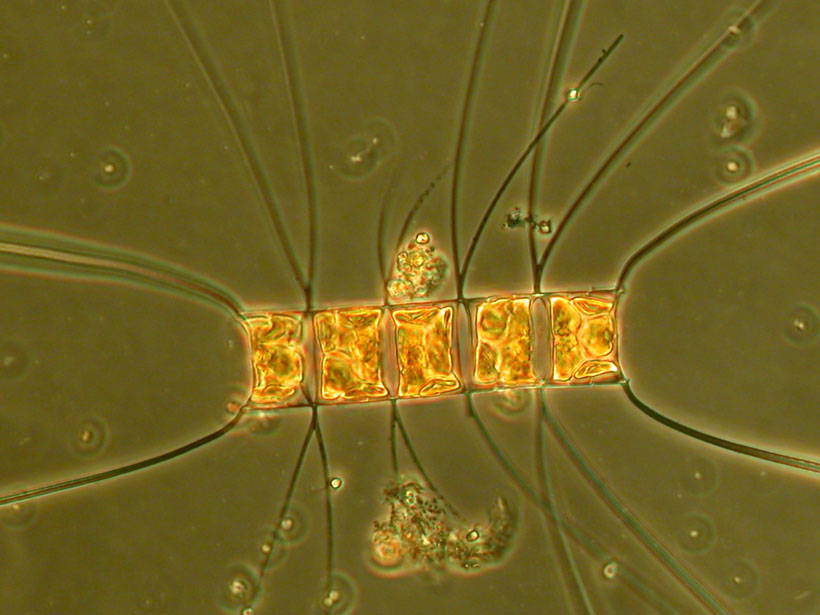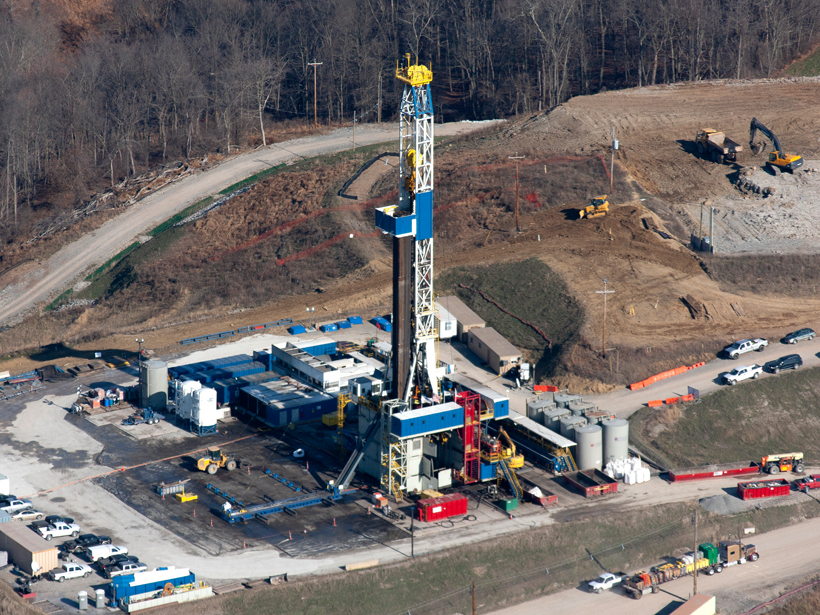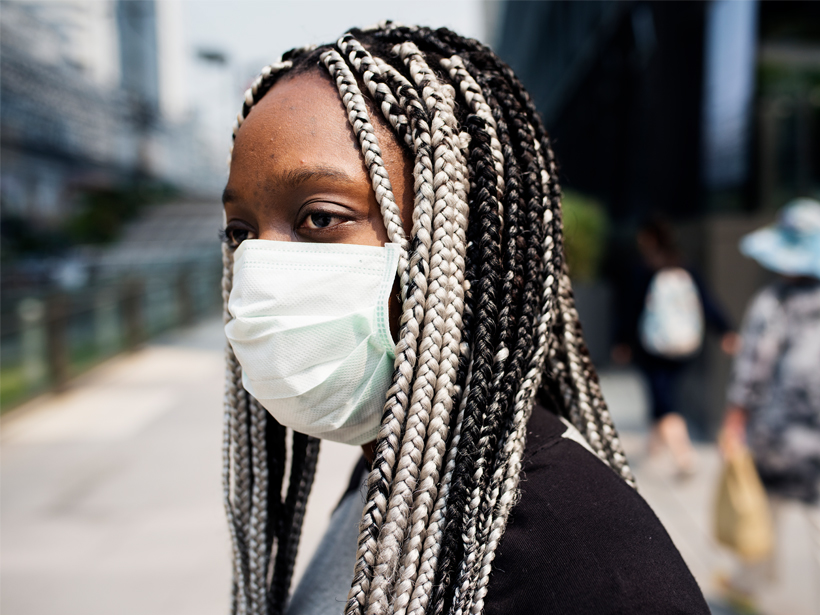Measures against the spread of the new coronavirus have an unexpected side effect: record-low air pollution levels.
public health
Fresh Approaches to Protecting Human Health from Pollution
New low-cost monitoring and mapping techniques can identify multiple pollution sources and reduce related human disease and death.
New Models Give Global Picture of Mercury Content in Oceans
Concentrations of methylated mercury in high latitudes show the importance of sunlight and biological activity for cycling the metal.
How Death and Disaster Followed the Shale Gas Boom in Appalachia
In the past decade, fracking has contributed to the deaths of more than a thousand people and the emission of more than a thousand tons of carbon dioxide in the Appalachian Basin.
Drugs in Our Water Can Leave Even More Toxic By-Products
The chemicals in our pharmaceuticals and personal care products quickly transform into different compounds when they enter the environment. Their toxic effects are relatively unknown.
Some Communities Feel the Effects of Air Pollution More Than Others
A new study compares exposure to power plant emissions among communities based on race, income, and geography. Black Americans are most at risk.
Putting a Price on the Costs of Climate Related Health Impacts
Using examples from the year 2012, a new study estimates the health costs of deaths and illnesses associated with climate-sensitive events.
Nuclear Winter May Bring a Decade of Destruction
New climate models present a grim prediction of what would happen worldwide after a nuclear war between the United States and Russia.
Aerosol Particle Size May Contribute to Varying Health Responses
Particulate matter in the atmosphere derives from industrial and environmental sources. The size of the particle determines how it deposits in the body and leads to different health challenges.
Ozone Pollution Deaths in India Higher Than Previously Thought
Reducing emissions could avert more than 300,000 deaths per year by 2050.










